This repo is a implementation of deep-learning methods of semantic segmention. FCN (Fully Convolutional Netowrks) is implemented and experimented. For more detatail information, please read the original paper
In this repo, the dataset is from DLCV2018 class in NTUEE, which contains landscape images taken from the artificial satilite, and its corresponding semantic segmentation mask. the example is as follow:
| images from artificial satelite | corresponding mask |
|---|---|
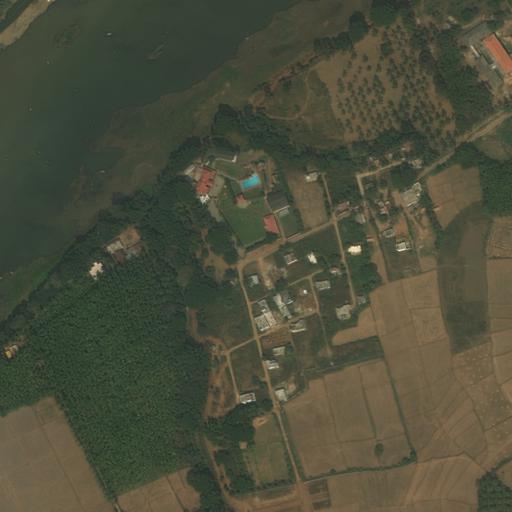 |
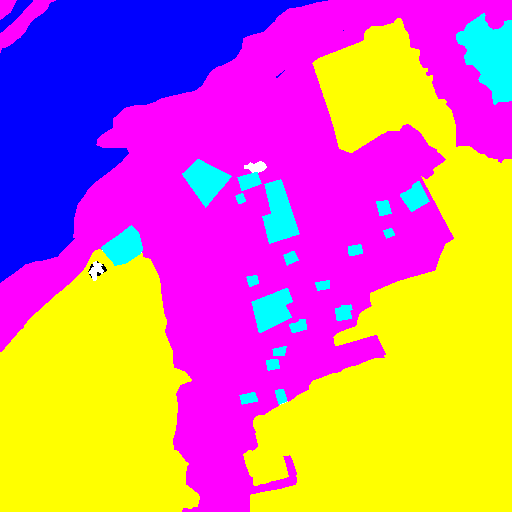 |
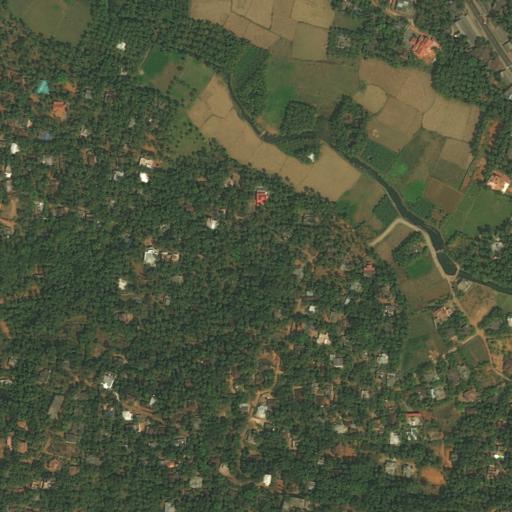 |
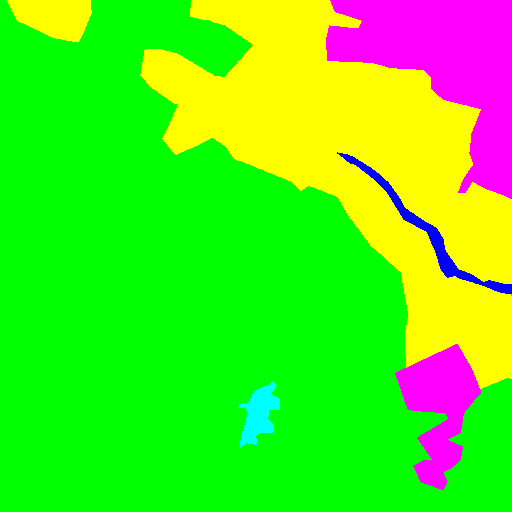 |
colors are different for each label as follow:
- Cyan - Urban land
- Yellow - Agriculture land
- Purple - Rangeland
- Green - Forest land
- Blue - Water
- White - Barren land
- Black - Unknown
This dataset can be downloaded from here, please modify the path to the dataset in main.py
Diffent model structures are in the models/, the experiment I ran are listed in the experiments.sh, new experiment can be added in it and run with bash experiments.sh
All the corresponding results are in logs/.
The image pairs under train/ are used for traing, and those under validation/ are used to validation (check performance)
- Traing
python3 main.py train <model name> \
-lr <learning rate> \
-batch_size <> \
-epoch_num <Epoch number> \
-save <weight name to be saved> \
-log <log file name> \
-check_batch_num <>
- Validation
python3 main.py validate <model name> \
-load <weight name to be loaded> \
- Prediction
python3 main.py predict <model name> \
-load <weight name to be loaded>
-predict_dir <Directoty path to store predicted masks>
- Evaluate mean IOU
python3 mean_iou_evaluate.py -g <ground truth masks directory> -p <prediction masks directory>
The following are the result for FCN-8s trained after about 50 epochs over validation set, which aren't used during training.
| images from artificial satelite | ground truth mask | prediction mask |
|---|---|---|
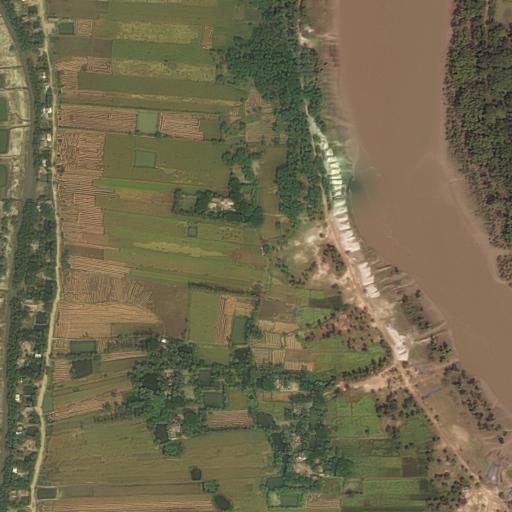 |
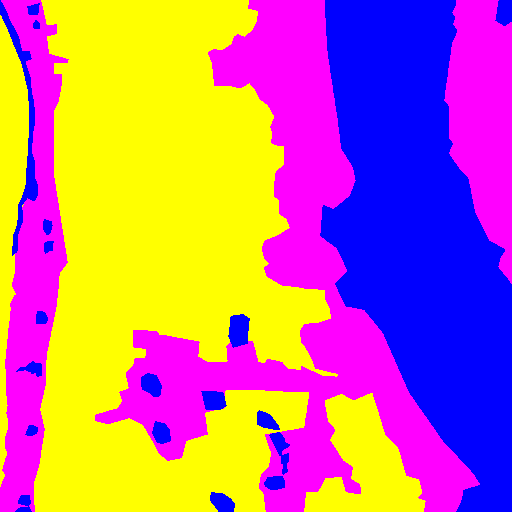 |
 |
 |
 |
 |
 |
 |
 |
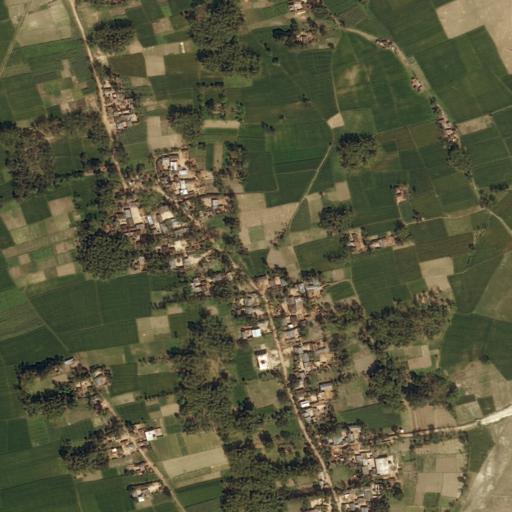 |
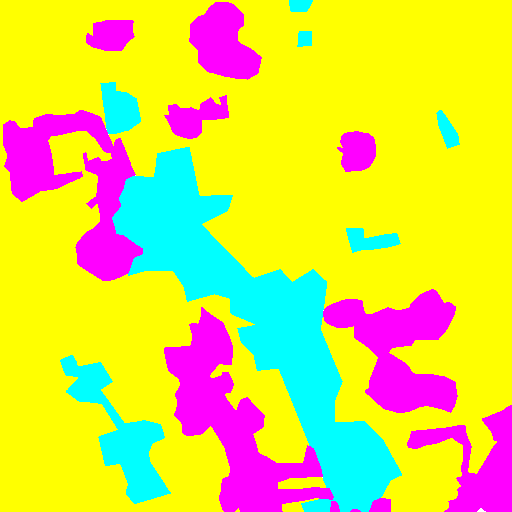 |
 |
the overall mean IOU (evaluated by mean_iou_evaluate.py) is about 66%
The training process is quite time comsuming, if the pretrained weight for VGG16 is used, it might help reduce the training time. With the comparison between fcn32s_01.py and fcn32s_02.py, the former with only one transpose convolutional layer makes the total parameter numbder as almost 3 times as that with 5 layers, whose training is much slower. However, the accuracy seems aren't affected much.
According to the experiment result, FCN-8s structure would gain greater performance than FCN-32s, which implied that the skip connection which enables model to extract previous information while deconvoluiton can help improve the predictoin accuracy in higher resolution.